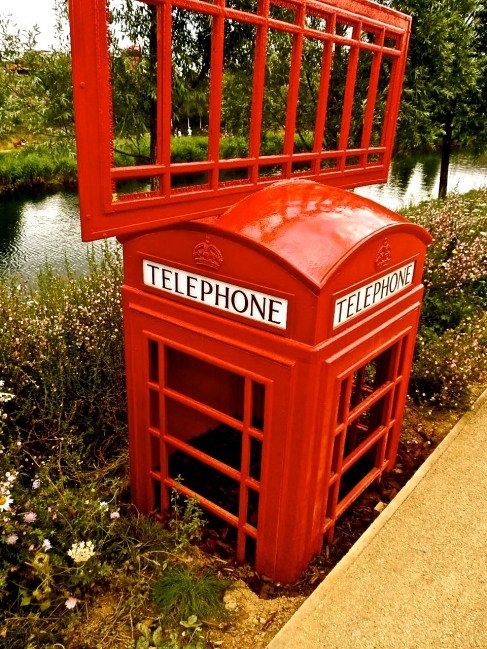An artist I recently found is Louis Wain. He is particularly known for his drawings/paintings of cats. This may sound quite dull at first, but the interesting thing is that this English artist had Schizophrenia and some psychologists believe that you can see this in his artwork!
He lived between 1860 and 1939. He was declared insane sometime in 1924 and was put in a hospital in Tooting. After a short period of time here, people noticed Wain’s talent and a fund was set up for him so that he could live at ease for the remainder of his life.
His artwork certainly is individual, and his cats are inimitable. There is so much detail within each picture and there is a vast amount of colour used. He has made the ‘cat’ his own; from portraits to scenes of cats dressed up, Wain has created such an array of cats. It is thought that the paintings with the detailed patterns in are the ones that show his Schizophrenia, but we can’t really know for sure.
However these paintings are my particular favourites. He must have spent hours painting these since the patterns are perfectly formed. Some paintings remind me of Eastern paintings, like Buddhism paintings, because of the vivid colours used and the different shapes used. He uses lines of various thickness and curves to create the patterns, and these curves meander round each other to create a busy but orderly effect.
In other works, it’s the eyes that define the painting. He paints large eyes onto cats, forming different expressions; sometimes surprise other times happy. In some of his paintings, he uses bright lime yellow colours for the eyes. This then grasps your attention straight away.
I hope from reading these descriptions of his work, you will study further into these weird and fantastic art pieces. Many prints of his work are available online as well as in some art galleries.




 The first forms of Buddhist art were found on pillars. A monarch named Ashoka, who ruled around 272 to 231 BCE, had helped spread Buddhism across India by the use of pillars. The pillars tended to portray pictures of the Buddha and keys aspects of his life, like his enlightenment, as well as earlier Indian beliefs. These pillars were quite Persian like and at first, had Indian subjects like cows, lions and elephants. These pillars seemed to be the first of Buddhist sculpture.
The first forms of Buddhist art were found on pillars. A monarch named Ashoka, who ruled around 272 to 231 BCE, had helped spread Buddhism across India by the use of pillars. The pillars tended to portray pictures of the Buddha and keys aspects of his life, like his enlightenment, as well as earlier Indian beliefs. These pillars were quite Persian like and at first, had Indian subjects like cows, lions and elephants. These pillars seemed to be the first of Buddhist sculpture.



